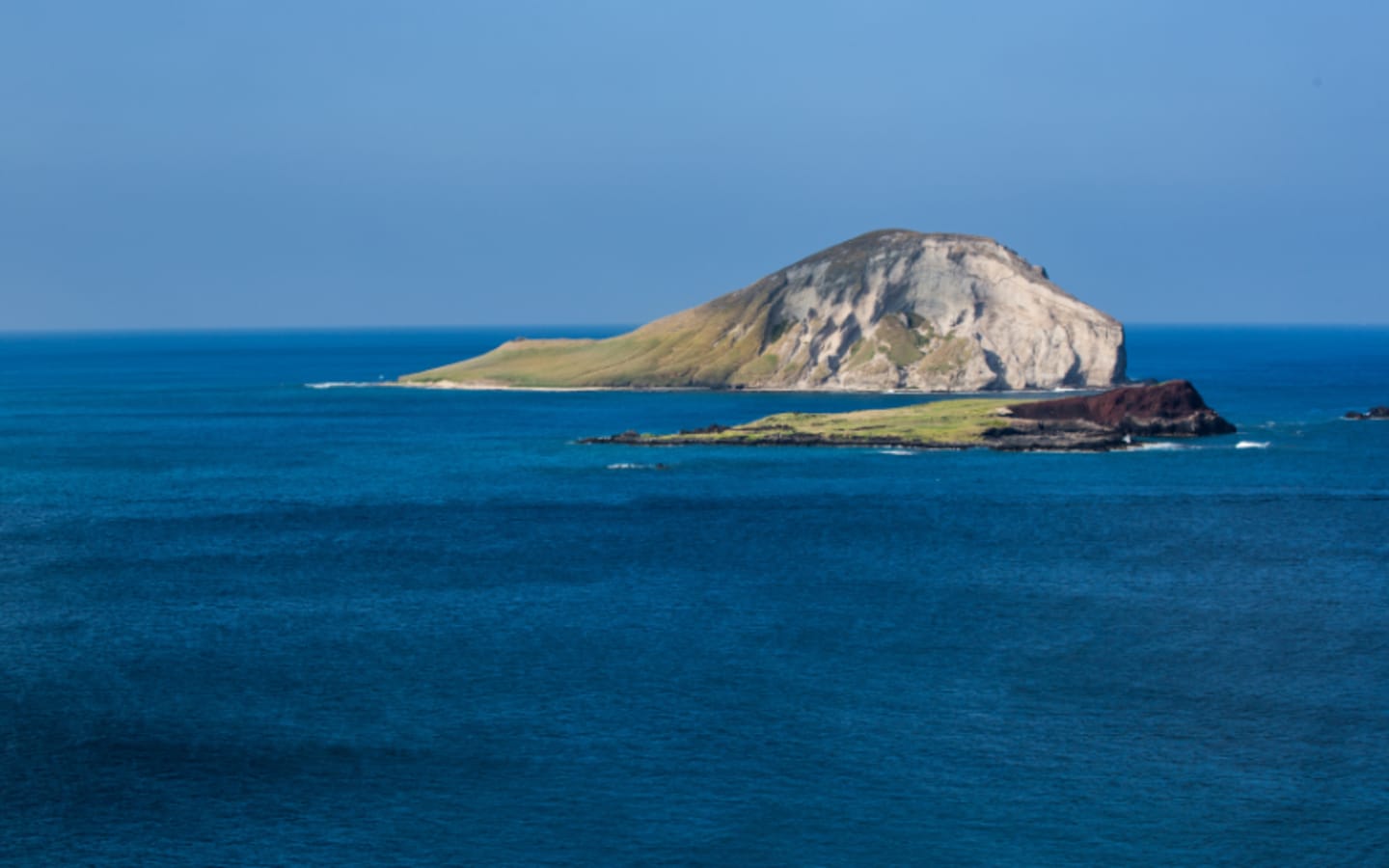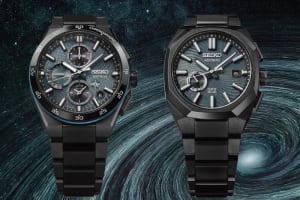In a move that’s stirring up debate across the Pacific, the Western Pacific Fishery Management Council is gearing up to ask President Donald Trump to lift a long-standing fishing ban in the Papahanaumokuakea Marine National Monument, a vast protected area surrounding the Northwestern Hawaiian Islands. This request, which could open these pristine waters to commercial, recreational, and subsistence fishing, has sparked a clash between those who see it as a chance to boost American fishing and others who fear it could harm a fragile ecosystem. Here’s what’s at stake in this bold proposal.
The Papahanaumokuakea Marine National Monument, established in 2006, spans a massive area around the Northwestern Hawaiian Islands, a remote chain of atolls and reefs teeming with marine life. It’s one of the largest protected areas in the world, where commercial fishing has been off-limits to preserve its delicate coral reefs, rare fish, and endangered species like the Hawaiian monk seal. For years, this ban has been a vital piece of the region’s puzzle, shielding its waters from overfishing and environmental threats. But the Western Pacific Fishery Management Council, the group that sets fishing policies for U.S. waters in the Pacific, thinks it’s time for a change. They argue that allowing fishing in these waters could be done sustainably, letting American fishermen tap into valuable resources while still protecting the environment. Their plan isn’t just about commercial fishing—they’re also considering recreational and subsistence fishing, which could mean more opportunities for local fishermen who rely on the sea for their livelihood.
The council’s push isn’t coming out of the blue. On April 17, 2025, President Trump signed an executive order that opened another part of the Pacific Ocean, the Pacific Remote Islands Marine National Monument (PRIMNM), to commercial fishing. That decision was part of what Trump called his “America First Fishing Policy,” aimed at boosting the U.S. fishing industry by cutting regulations and expanding access to marine resources. The move sent a clear signal: the administration is open to rethinking fishing rules in protected areas. Now, with the council’s request, Papahanaumokuakea could be the next target. Some in the Trump administration have already hinted that the monument’s fishing ban might be on the chopping block, raising the stakes for fishermen eager to cast their nets in these waters.
For those who love fishing or follow the industry, the idea of opening Papahanaumokuakea is a big deal. The Northwestern Hawaiian Islands are home to a treasure trove of fish, from tuna to snapper, that could mean big profits for commercial fleets. Recreational fishermen, too, might get a chance to explore a region that’s been locked away for years, offering a new adventure for those who crave the thrill of open water. Subsistence fishing could also help Native Hawaiian communities who’ve fished these waters for generations, giving them a way to maintain their traditions. The council argues that modern fishing methods, if tightly managed, can ensure the fish stocks stay healthy while letting Americans benefit from their own backyard.
But not everyone’s on board. The Office of Hawaiian Affairs, a key voice for Native Hawaiians, has come out against the plan, saying commercial fishing could disrupt the ecosystem that’s sacred to their culture. Conservation groups are also pushing back hard. They point out that the monument’s coral reefs and marine life, like sea turtles and monk seals, are already under stress from climate change and pollution. Adding fishing, they warn, could tip the balance, causing damage that’s tough to undo. Some even fear the broader push to loosen fishing rules could set a precedent, weakening protections for other marine monuments across the U.S.
The debate isn’t new. Back in 2020, the Western Pacific Fishery Management Council made a similar request to Trump, asking him to open Papahanaumokuakea to fishing. That effort didn’t go far, but the council’s trying again, buoyed by Trump’s recent moves in the Pacific. In 2020, the Department of Land and Natural Resources in Hawaii also opposed lifting the ban, citing environmental risks. Today, groups like the Sierra Club Hawaii are rallying to keep the monument protected, urging the administration to leave the fishing ban in place. Meanwhile, a lawsuit filed on April 17, 2025, by conservationists aims to block Trump’s executive order on the Pacific Remote Islands, showing just how heated this fight is.
For now, the council’s request is just that—a request. Trump’s proclamation on April 17 didn’t directly affect Papahanaumokuakea, and any decision to lift the ban here would likely face legal and public scrutiny. The Western Pacific Fishery Management Council has tried to clarify that Trump’s earlier order didn’t change fishing rules around the main Hawaiian Islands or the Northwestern Hawaiian Islands yet. But their latest push, announced on June 20, 2025, makes it clear they’re serious about getting U.S. fishermen back into these waters.
So, what’s next? If Trump greenlights the council’s request, it could open a new chapter for American fishing, putting more fish on the market and giving anglers a shot at a unique destination. But it could also spark a bigger battle over how to balance industry and conservation in one of the world’s most precious marine areas. Fishermen, environmentalists, and Native Hawaiians are all watching closely, knowing the outcome could shape the future of Papahanaumokuakea for years to come.





